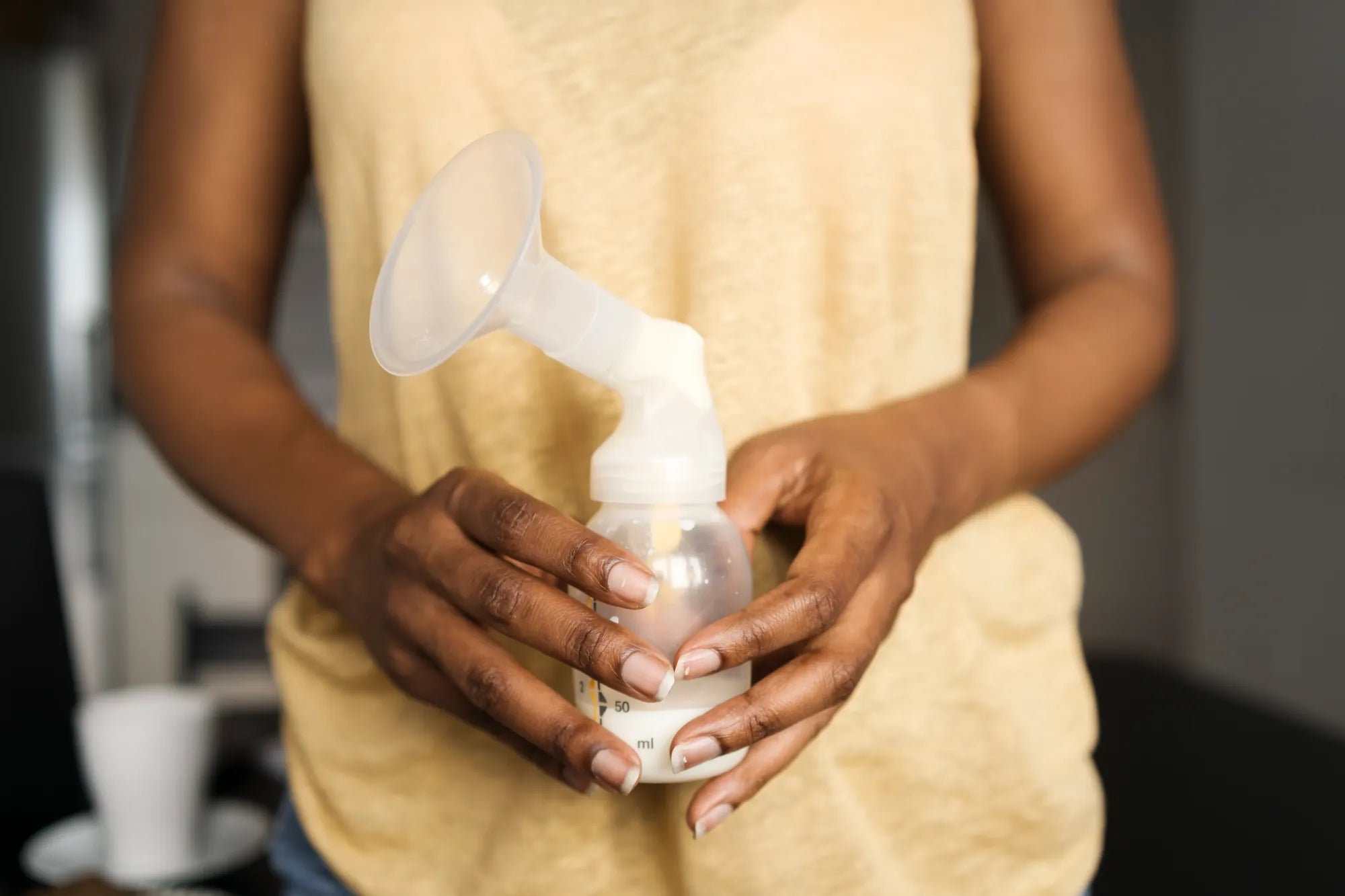Inicio
Pregnancy, Breastfeeding, and Pumping: The Ultimate Guide for Moms
How to Clean Breast Pump Parts Without Water: A Comprehensive Guide

How to Clean Breast Pump Parts Without Water: A Comprehensive Guide
Maintaining the cleanliness of breast pump parts is essential for the health and safety of both mother and baby. However, there are situations where access to water is limited, making traditional cleaning methods impractical. This guide explores innovative ways to clean breast pump parts without water, ensuring hygiene and convenience for busy parents.
Understanding the Importance of Clean Breast Pump Parts
Breast pump parts come into direct contact with breast milk, which is a nutrient-rich environment that can harbor bacteria if not properly cleaned. Ensuring that these parts are free from contaminants is crucial to prevent infections and maintain the quality of the milk. While water and soap are the most common cleaning agents, there are alternative methods that can be just as effective when water is not available.
Using Disposable Cleaning Wipes
Disposable cleaning wipes are a convenient option for cleaning breast pump parts without water. These wipes are pre-moistened with cleaning agents that can effectively remove milk residue and kill bacteria. When using disposable wipes, it is important to choose those that are specifically designed for cleaning baby products to ensure they are safe and non-toxic. After wiping, allow the parts to air dry completely before reassembling the pump.
Alcohol-Based Sanitizers
Alcohol-based sanitizers can be used to clean breast pump parts without water. These sanitizers are effective in killing bacteria and viruses, making them a suitable option for maintaining hygiene. To use, apply a small amount of sanitizer to a clean cloth or paper towel and wipe the pump parts thoroughly. Ensure that all surfaces are covered, and allow the parts to air dry before use. It is important to note that alcohol-based sanitizers should be used sparingly, as excessive use can cause the plastic parts to degrade over time.
Steam Sterilization Bags
Steam sterilization bags are another effective method for cleaning breast pump parts without water. These bags use steam to kill bacteria and sanitize the parts. Simply place the disassembled pump parts into the bag, add a small amount of water (if required), and microwave according to the manufacturer's instructions. The steam generated will sanitize the parts, making them safe for use. This method is particularly useful for parents who are on the go and need a quick and efficient cleaning solution.
UV Sterilizers
UV sterilizers are a high-tech option for cleaning breast pump parts without water. These devices use ultraviolet light to kill bacteria and viruses, providing a thorough and chemical-free cleaning method. To use, place the disassembled pump parts into the sterilizer and follow the manufacturer's instructions. UV sterilizers are compact and portable, making them an excellent choice for parents who need a reliable cleaning solution while traveling.
Boiling Water Alternatives
While boiling water is a traditional method for sterilizing breast pump parts, it is not always practical when water is not available. However, there are alternatives that mimic the effects of boiling water without the need for a water source. For example, using a portable steam sterilizer or a microwave sterilization bag can achieve similar results. These methods are quick, efficient, and do not require access to a stove or sink.
Dry Cleaning Methods
Dry cleaning methods, such as using a clean, dry cloth or brush, can be effective in removing milk residue from breast pump parts. While this method does not kill bacteria, it can help to remove visible debris and maintain cleanliness until a more thorough cleaning can be performed. It is important to use a cloth or brush that is dedicated solely to cleaning pump parts to avoid cross-contamination.
Maintaining Hygiene on the Go
For parents who are frequently on the go, maintaining the cleanliness of breast pump parts can be challenging. Carrying disposable cleaning wipes, alcohol-based sanitizers, or a portable UV sterilizer can help ensure that pump parts remain clean and safe to use, even when water is not available. Additionally, having a dedicated storage bag for clean pump parts can help prevent contamination during travel.
Regular Maintenance and Inspection
Regular maintenance and inspection of breast pump parts are essential to ensure their longevity and effectiveness. Check the parts regularly for signs of wear and tear, and replace them as needed. Keeping the pump parts clean and well-maintained will not only ensure the safety of the milk but also extend the life of the pump itself.
Cleaning breast pump parts without water is not only possible but can be just as effective as traditional methods when done correctly. By using disposable wipes, alcohol-based sanitizers, steam sterilization bags, UV sterilizers, and other innovative solutions, parents can maintain the hygiene of their breast pump parts even in the most challenging situations. With these methods, you can ensure that your breast pump remains a reliable tool in your parenting journey, no matter where life takes you.
Compartir
